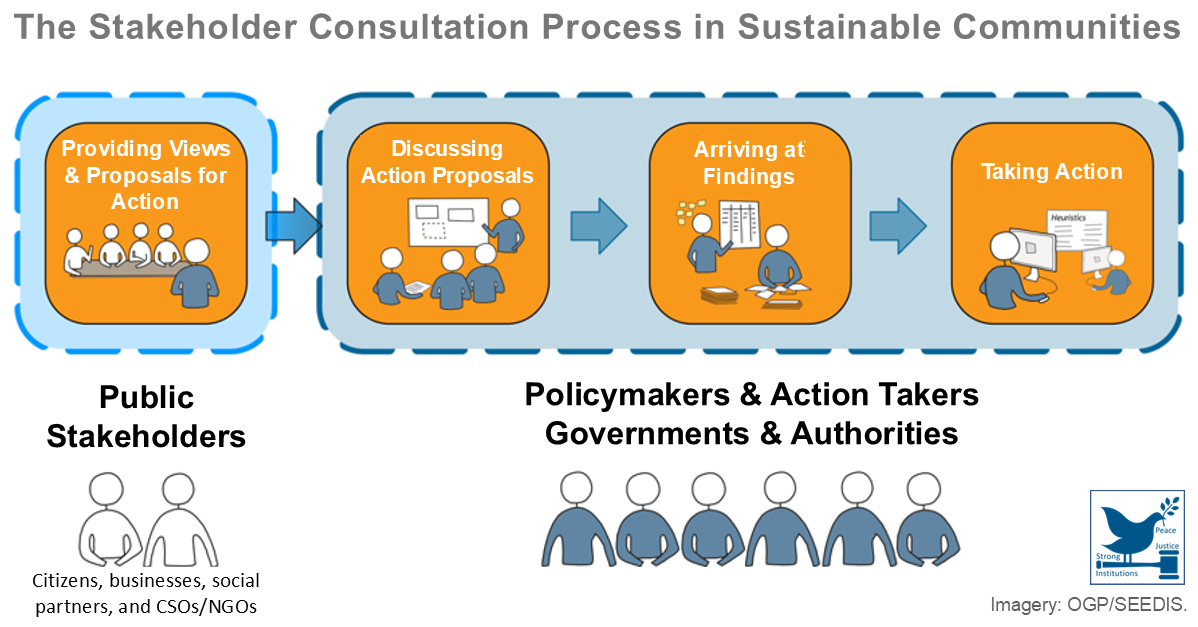A successful syndication is achieved when the participation of each of the underwriters in the syndication of financing facilities is reduced to the final hold specified in the mandate letter or, alternatively, when an aggregate final hold across all the underwriters is achieved.
Final hold is the amount of a financing that an underwriter is prepared and committed to lend to the borrower and retain on its books after general syndication. Borrowers and lenders favor larger MLA final hold amounts for various reasons, including:
- To benefit from the information asymmetry, when the MLA is a key relationship bank or the house bank;
- Strong leadership of the bank group under over the life of the loan for concentration of voting power;
- For administrative convenience and confidentiality; and
- As a precondition of lender credit approval.
LMA investment grade agreements do not impose any minimum amount on transfers and assignments or any requirement on the original lenders to maintain a minimum participation in the facilities. Nevertheless, borrowers may have lead arrangers agree to a certain minimum final hold and the largest interest in the loan of any bank in the syndicate group.
However, reasons MLAs may favor smaller final hold amounts include:
- Maximizing its fees by distributing as much of the loan as possible to lower-tier banks, whereby the lower-tier banks receive the smallest percentage (if any) of the upfront fees;
- Increasing the supply of loans to other banks and investors; and
- Facilitating the credit approval for lenders.


Leave A Comment
You must be logged in to post a comment.